Food from ground chicken bones?
Among all the alarming reports about an impending food crisis, a Finnish company believes that it has found a way to incorporate bones into minced chicken, which reduces the meat's production cost and environmental impact. But will anyone want to eat it?
Published: June 24, 2022, 10:00 am
A Finnish startup company has developed technology that uses chicken legs to produce a supplement to improve the nutritional content of poultry products such as chicken nuggets or meatballs. SuperGround has developed an extrusion process that is said to enable the processing and use of poultry for consumption in a safe and indistinguishable manner.
The company anticipates that the product, which for obvious reasons contains a lot of calcium, will be added to processed poultry products, utilize more of the carcass and improve the nutritional profile of the final product. It is stated that up to 30 percent more poultry-based food can be derived from a single chicken compared to existing methods.
Tuomas Koskinen, CEO of SuperGround, said: “Food production companies are trying to achieve cost control and efficiency, while customer demand and stricter rules are putting increasing pressure on companies to achieve ambitious sustainability goals.”
‘Sustainable choices’
“Our food production technology enables the food industry to immediately produce well-known poultry-based foods more efficiently and sustainably, without major investment or increased production costs.”
“This therefore makes it easier for consumers to make more sustainable daily food choices without having to change their diets or spend more on sustainable alternatives.”
There are about 23 billion chickens on earth. Gather them all and their total mass would exceed that of all the other birds on the planet. More than 66 billion birds are slaughtered every year. In 2018, a group of researchers argued that broilers [Gallus gallus domesticus] should be considered as much an indicator of the Anthropocene era as the other phenomena in modern human existence: plastic, concrete and the deposits left behind by burning fossil fuels.
Fifty years ago, poultry accounted for about 15 percent of all the world’s meat. Now that proportion has increased to more than 36 percent, while the proportion of beef was halved during the same period.
The quest for an endless supply of cheap lean protein has turned chickens into meat machines. Today’s chickens have been bred and fed to grow five times larger than their mid-century ancestors – they gain weight so fast that their bodies can not keep pace and death rates rise if the birds are kept alive for well over six weeks. The majority of the world’s chickens are raised industrially, which reduces costs, but at the expense of animal welfare.
In a small pilot plant in the Finnish city of Kotka, the founders of SuperGround have figured out how to process chicken bones so that they can be incorporated into ground chicken products such as nuggets or meatballs. The founders point out that the use of more of the carcass lowers the environmental impact of every kilo of meat and drives down the cost of it at a time when chicken prices are rising.
This is how the process works, according to SuperGround’s CEO and co-founder Tuomas Koskinen. A mixture of vegetable protein and chicken bones with some meat left is heat shocked and then passed through an extruder to create a bone-vegetable-meat mixture that can be mixed with minced chicken meat. “The bone becomes practically impossible to distinguish from other components under a microscope, and only with the help of a microscope can the various components be identified,” says Koskinen. The end result is nuggets and other ground chicken products that can contain between 5 and 30 percent of the bone-containing mass. Adding more bone to the mixture makes it difficult to extrude through the meat-making machines.
It may not sound very appetizing, but Koskinen points out that many people like to eat bone marrow and that chicken bone is already an important ingredient in broth. At the end of May, Koskinen and SuperGround founder Santtu Vekkeli took their meat to IFFA – the meat industry’s largest trade fair – in Frankfurt. The response from people who have tried their chicken kebab was positive, says Koskinen. “They have a hard time believing that there are bones in it.”
What could pique the interest of meat producers is the potential to produce more chicken nuggets for each bird slaughtered. Whether it will be financially profitable is another question. “Nothing is wasted in these animal protein industries. Everything has a use, says Jayson Lusk, agricultural economist at Purdue University. In the EU, chicken bones are often exported for use in pet food or animal feed. In August 2021, the EU eased the rules that previously banned the use of chicken by-products in animal feed, so it is now also possible to use chicken bones in pig feed. (Feeding chicken by-products to cows or back to chickens is still prohibited.)
Koskinen must convince meat producers that it is more profitable to put their chicken bones in human food than to use them for pets or animal feed. This may not be so difficult, as human food has a much higher price than animal food. Rising animal feed prices, partly due to the war in Ukraine, have pushed up poultry prices by 31 percent compared to this time last year. “If more economic value is created by turning bones into edible human food, then it will happen,” says Koskinen.
Then only the question of convincing people to eat it remains. It is unlikely that fast food chains would want to be associated with a food product that could deter some customers from eating in their establishments. In 2003, McDonald’s stopped making its nuggets with a process called mechanically separated meat, where bones are ground up with chicken meat and then extracted through a sieve. In the EU, all meat produced through this process must be labeled as such.
Some countries also have special rules for mechanically separated meat, but Koskinen believes that his product will not be placed in the same category. “Our process both softens and grinds the bones, and thus the calcium that enters the end product is mostly dissolved and contains no hard particles,” he says. Although their products must be labeled in the same way as mechanically separated meat, this may not do anything. “My belief is that consumers do not pay enough attention to the list of ingredients for the foods they actually already eat,” said Koskinen.
Vekkeli claims that the company’s technology can help mitigate the environmental impact on the planet, an important image issue for industries today.
“There has been no suitable technology before that utilizes the nutritional value of poultry without negative effects on taste, smell and texture in the mouth. Still, the need has been there for quite some time “, he emphasizes.
Vekkeli believes that there is a growing demand to maximize the environmental efficiency of investors, authorities and customers.
“The food industry has learned that the change in consumer behavior is slow when switching to more unique types of products such as meat analogues,” he says.
Vekkeli emphasizes that the cost of poultry is expected to increase, and the technology enables companies to get up to a third more edible food from their existing supply of poultry. “Our process is also extremely efficient and needs a minimal workforce to work,” he explained.
Nutritional benefits
“There are groups in all societies that have insufficient calcium intake, and we have seen them as one of the most important markets for the products that contain our SuperGround meat. We believe that there is an increasing demand for our products from a business point of view,” he said.
“We evaluated and tested different food ingredients and then quickly decided on chicken. About 35 to 40 percent of the chicken’s net weight is bone after the intestines and feathers have been removed, making it optimal for our process.
In addition, the bone content of poultry is “relatively high compared to other production animals”.
“Different segments of poultry meat such as pectoral muscles are valued differently. Our solution makes it possible to cut off these chicken parts with a higher value before the rest is processed up to a bone content of 50 percent, Vekkeli further explained.
According to FAO estimates, by 2050 we will need to produce 60 percent more food to feed a world population of 9,3 billion. But at the same time, 800 million people worldwide are malnourished.
To overcome obstacles to environmental sustainability
However, the sustainability challenge of the food industry will not only be solved with vegan alternatives, such as plant-based protein, as these alternatives still cost more than meat alternatives and are staff-intensive.
Technology and solutions that enable immediate production of well-known types of meat more efficiently and sustainably are needed.
“Cutting poultry meat is labor and capital intensive, and the industry is constantly looking for more efficient methods,” said Vekkeli, adding that the company has several ongoing projects related to various animals.
“I am convinced that more efficient use of animals in food will be ‘standard’ in the future. There will be no room for non-utilization of perfectly acceptable food ingredients. ”
What is clear is that the demand for cheap chicken is likely to continue to increase. “In times when incomes are lower, you can generally see a shift from red meat to chicken,” said Harry Dee, a poultry analyst at research firm IBISWorld. The UN Food and Agriculture Organization also predicted that poultry production would grow by 17 percent in the coming decade – more than any other meat source. How much of it will be driven by chicken nuggets, however, is far from clear.
Lusk pointed out that ground chicken products make up a relatively small part of the total meat market. Filling minced chicken with bones can make things a little more efficient, but it will not change how the industry produces meat. And it is not clear how much impact it will have on the environment either.
However, Koskinen is convinced that the first products containing their blend of bone and chicken meat will reach consumers in 2023. “The interest from the meat industry has really exceeded all our expectations,” he said. At present, SuperGround only makes small batches of its chicken – 10 or 20 kilos at a time – but its production facility has the capacity to make more than 200 tonnes of the pulp each year.
They just need to find enough people to eat it.
All rights reserved. You have permission to quote freely from the articles provided that the source (www.freewestmedia.com) is given. Photos may not be used without our consent.
Consider donating to support our work
Help us to produce more articles like this. FreeWestMedia is depending on donations from our readers to keep going. With your help, we expose the mainstream fake news agenda.
Keep your language polite. Readers from many different countries visit and contribute to Free West Media and we must therefore obey the rules in, for example, Germany. Illegal content will be deleted.
If you have been approved to post comments without preview from FWM, you are responsible for violations of any law. This means that FWM may be forced to cooperate with authorities in a possible crime investigation.
If your comments are subject to preview by FWM, please be patient. We continually review comments but depending on the time of day it can take up to several hours before your comment is reviewed.
We reserve the right to delete comments that are offensive, contain slander or foul language, or are irrelevant to the discussion.
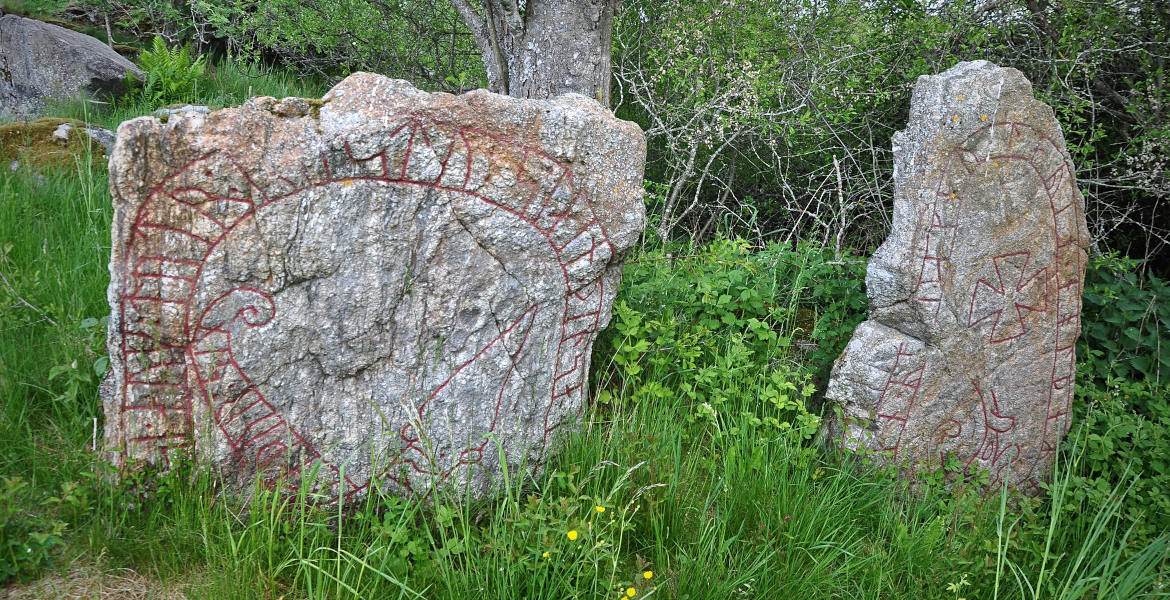
New App Helps Locate Sweden’s Historic Runestones
A new app called Swedish Runestones will help locate historical gems.
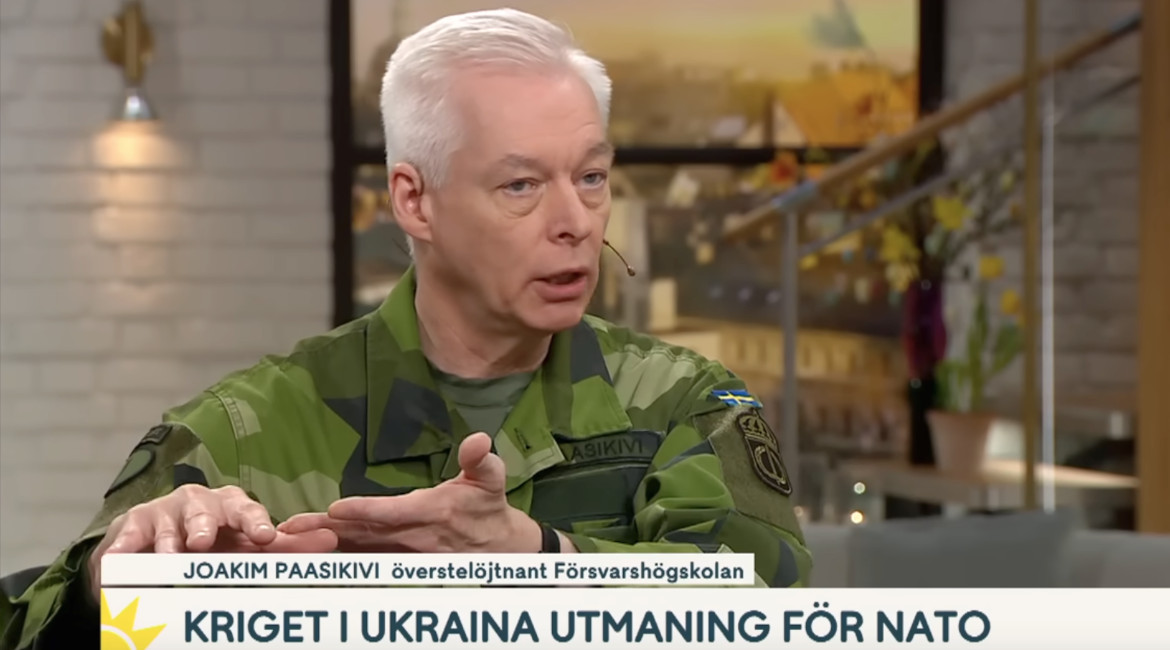
Swedish military wants to remilitarize the Åland Islands
The demilitarized autonomy has previously been known as 'the islands of peace.

NOAA Predicts Zero Sunspots for Almost the Whole 2030s
CLIMATEThe United States' government scientific organization, the National Oceanic and Atmospheric Administration (NOAA), predicts zero sunspots from 2031 to 2040. This is an extreme situation that has not occurred in as long as humanity has been counting sunspots, and it leads us into uncharted territory in terms of our solar system. However, this prediction aligns with the warnings of the world-renowned solar researcher Valentina Zharkova for many years, who indicated in 2019 various signs of this catastrophic phenomenon, including the extreme hailstorms we have seen in Europe and the world this summer. The forecast and various observations this year give cause for very significant concern. In this unique analysis, Free West Media explains why.
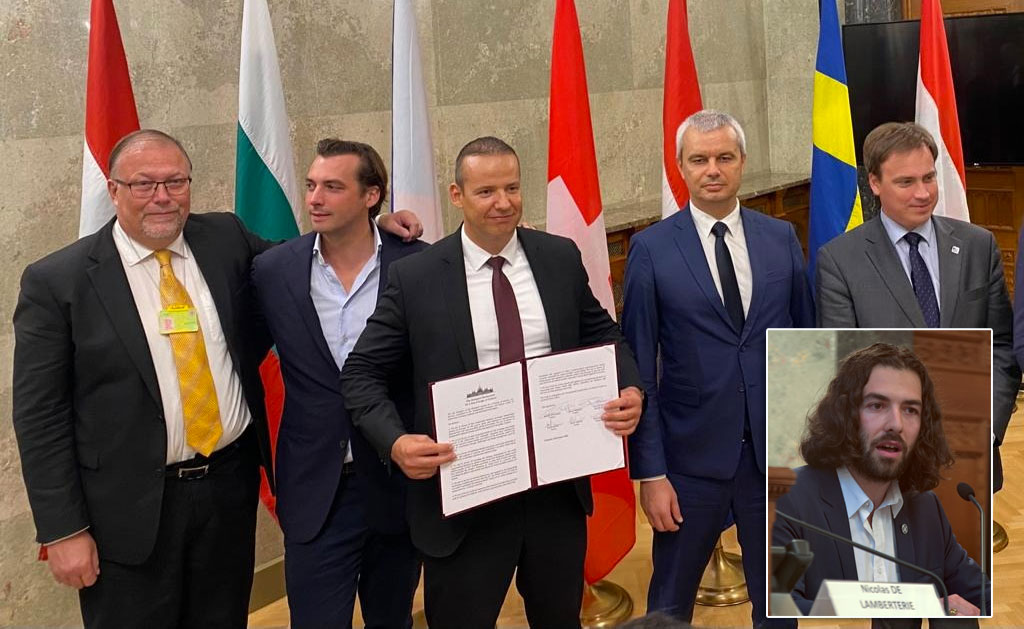
European Nationalist Parties Forge Cooperation Ahead of EU Elections
EUROPEAN ELECTIONSOn Saturday, August 26, representatives of six European nationalist parties gathered in Budapest. The meeting was initiated by the Hungarian party Mi Hazánk and took place in the national parliament. Representatives of the parties signed a joint declaration that not only reaffirms the parties' friendship but also their unity on a range of complex political issues. A surprisingly clear and radical manifesto was established. The hope is that this cooperation will lead to success in the EU elections and eventually result in the formation of a group in the European Parliament. For Swedish nationalism, this meeting marks a success as Sweden, for the first time, has a party represented in a leading nationalist cooperation in Europe. Free West Media was present at this historic event.
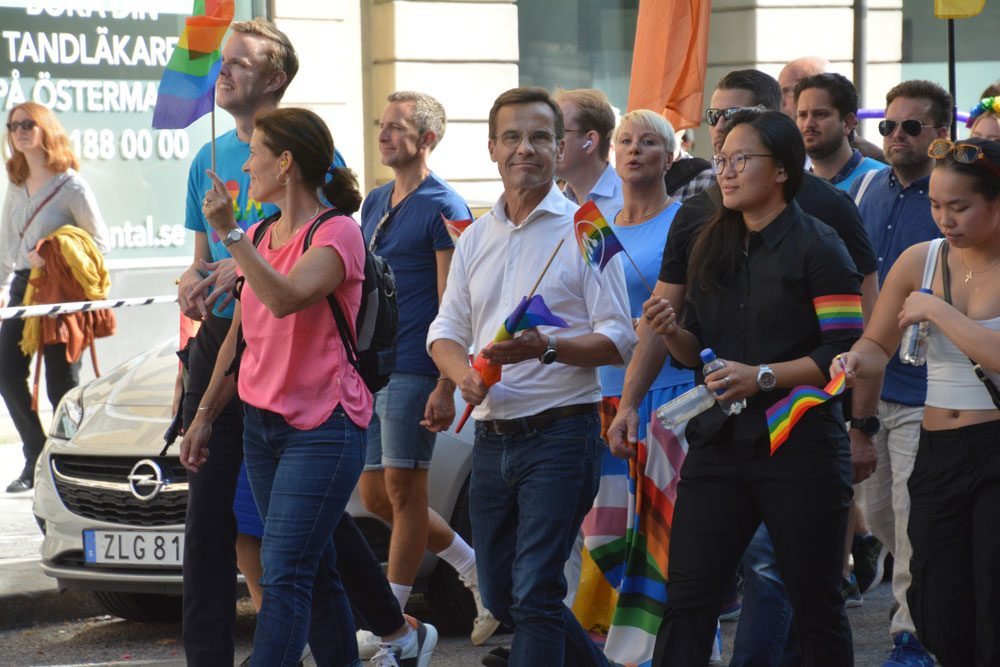
Turkey Believes Sweden Hasn’t Done Enough
Sweden will have to wait a bit longer for NATO membership, according to Turkey's Justice Minister Jilmaz Tunc. First, Sweden must extradite the "terrorists" Turkey wants and stop the desecration of the Quran.
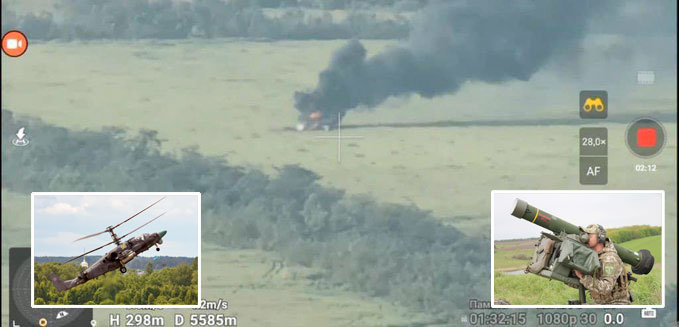
Swedish Weapon Takes Down Russia’s Best Attack Helicopter
The Russian attack helicopter Ka-52 is considered one of the world's best and has struck fear in Ukraine, where it has hunted down tanks and other armored vehicles, often beyond the range of many light anti-aircraft systems. However, it has met its match in the Swedish air defense missile system RBS 70, which has quickly led to significant losses for the Russian helicopter forces.
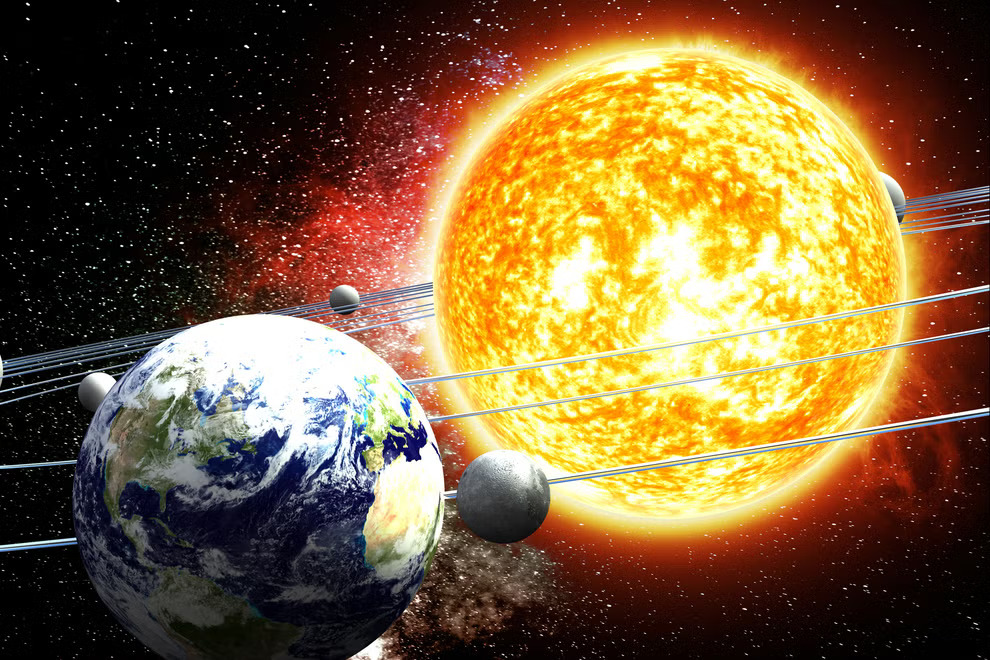
The Sun Drives Earth’s Climate, Not Carbon Dioxide
Top Researchers Push Back Against Climate Lies."The correlation is as clear as day," explained the Israeli astrophysicist Nir Shaviv, who was hailed by the establishment, before his interview with Forbes was hastily deleted. What he says contradicts the climate narrative, which points to humans as responsible for Earth's climate. Shaviv firmly asserts that it is the sun that controls the climate, something that can be scientifically proven in many ways. Contrary to the popular belief, the sun's influence on Earth has, in recent years, caused unusually cold and rainy weather, a trend that solar researchers warn will worsen significantly in the coming decades. The sun has exhibited an unusually low activity since 2016, during Solar Cycle 24, which was the weakest in a century.
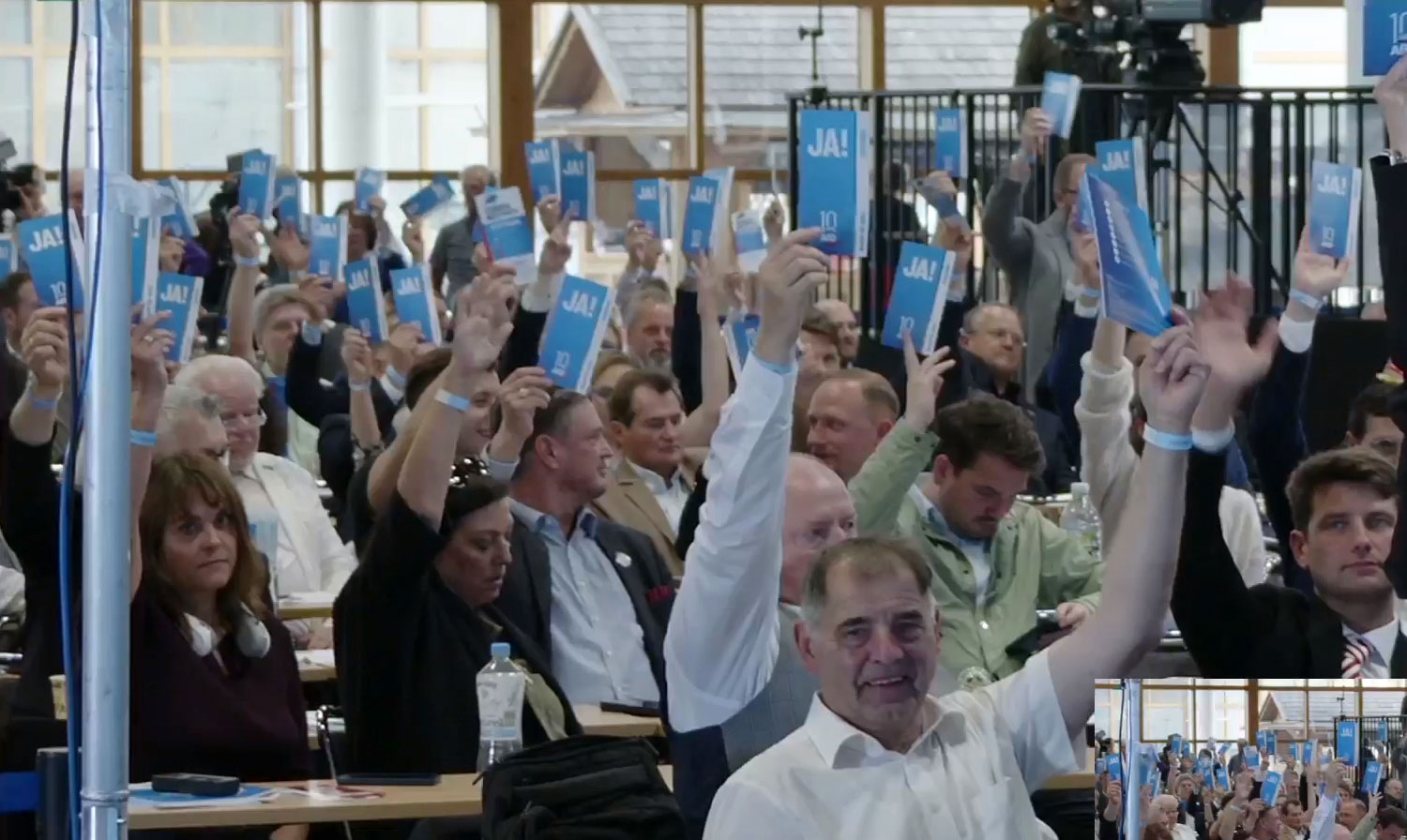
Strong Confidence in German AfD
Alternative for Germany (AfD) held a party conference on July 29-30 to select candidates for the upcoming EU election next year. EU Parliament member Maximilian Krah, belonging to the party's more radical, ethnonationalist faction, was appointed as the top candidate. The party's two spokespersons delivered powerful speeches criticizing the EU's failed migration policy and trade sanctions that isolate Europe and Germany from the rest of the world. They argued that it's time for the EU to return a significant portion of its power to national parliaments. However, they have dropped the demand for Germany to exit the EU.
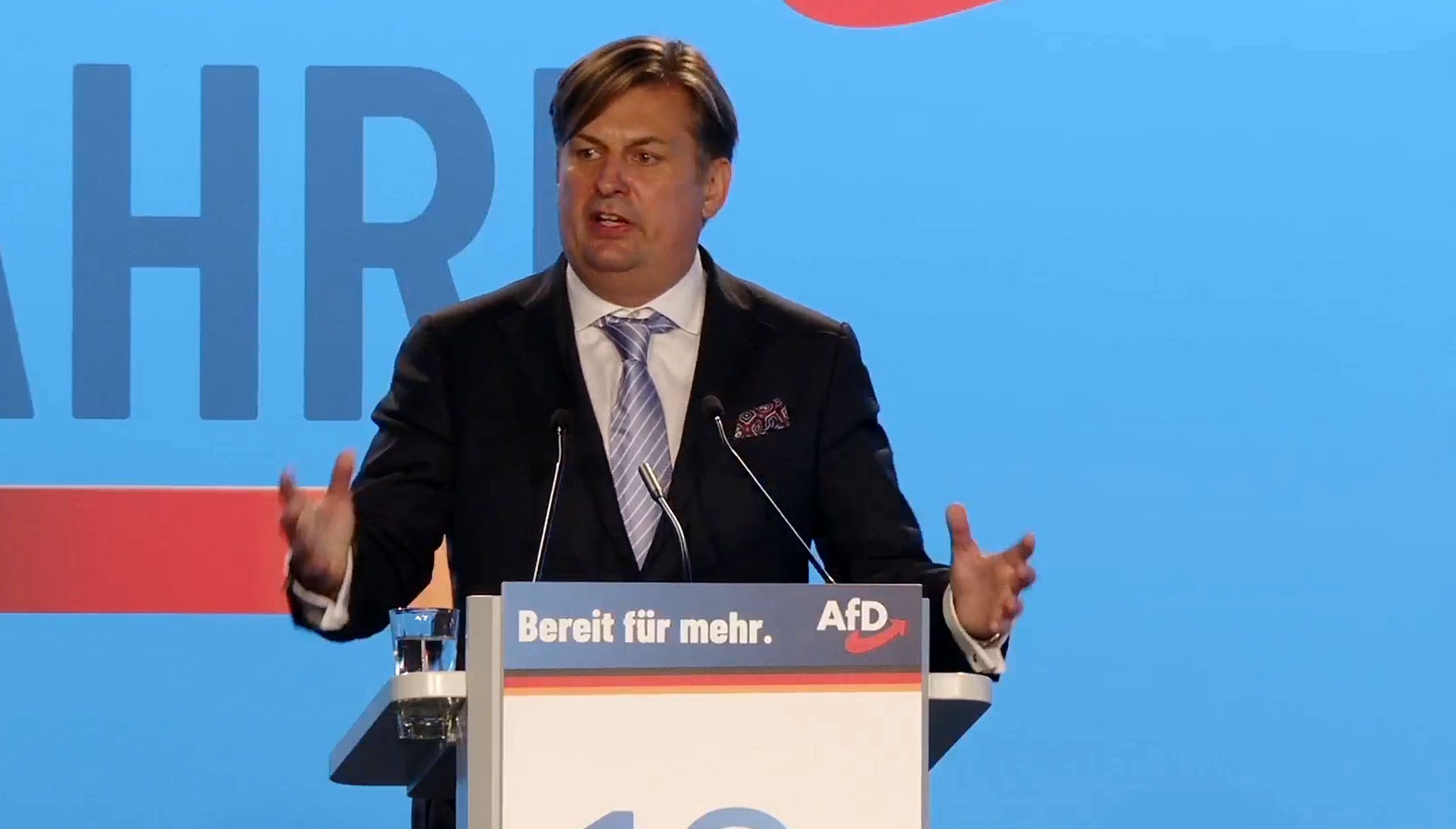
The Establishment Wants to Ban Germany’s Second Largest Party – for the Sake of Democracy
The rising popularity of AfD has raised strong concerns within the establishment. Despite lies and demonization in the media and isolation from the overall political establishment, the party continues to grow. Certain representatives of the party are accused of becoming increasingly "extreme," and in an unusual move, the influential weekly newspaper Der Spiegel demanded that AfD be "banned."

Dutch FvD break through the media blockade
What is happening in the Netherlands? It is often difficult to follow events in other countries, especially when distorted by system media. We give Forum for Democracy (FvD) the opportunity to speak out on the political situation in the Netherlands and the staunch resistance they face in trying to save the country.



No comments.
By submitting a comment you grant Free West Media a perpetual license to reproduce your words and name/web site in attribution. Inappropriate and irrelevant comments will be removed at an admin’s discretion. Your email is used for verification purposes only, it will never be shared.